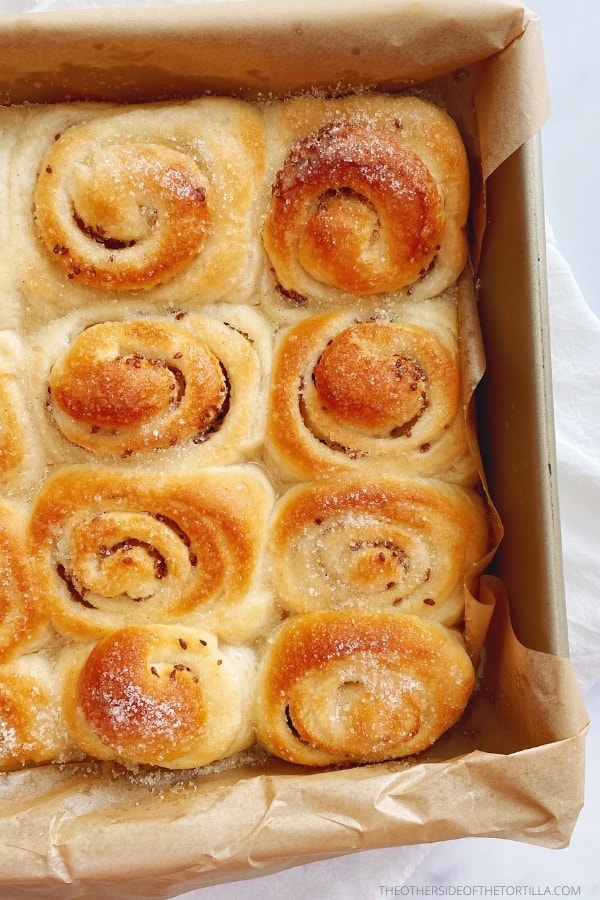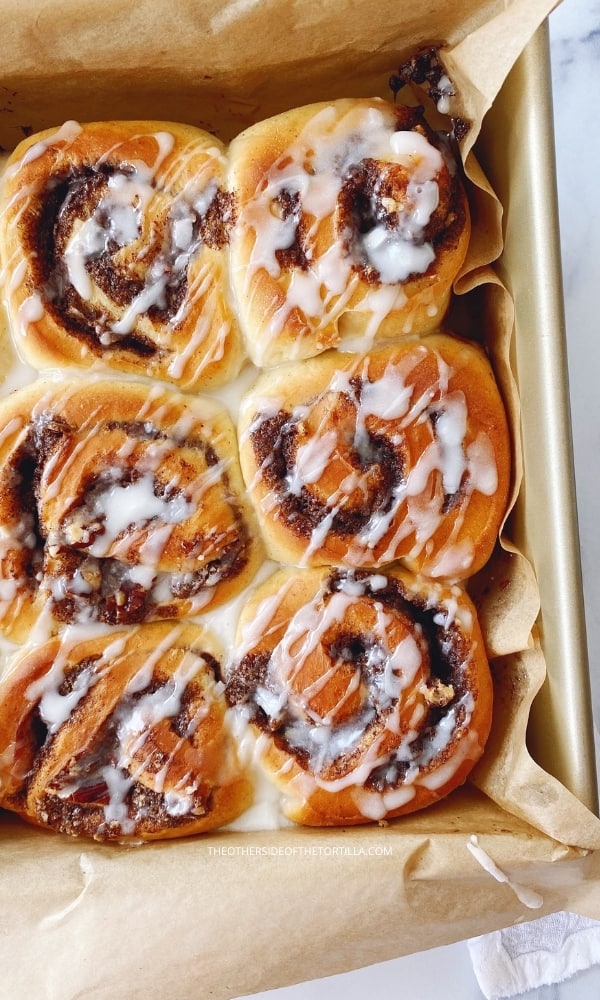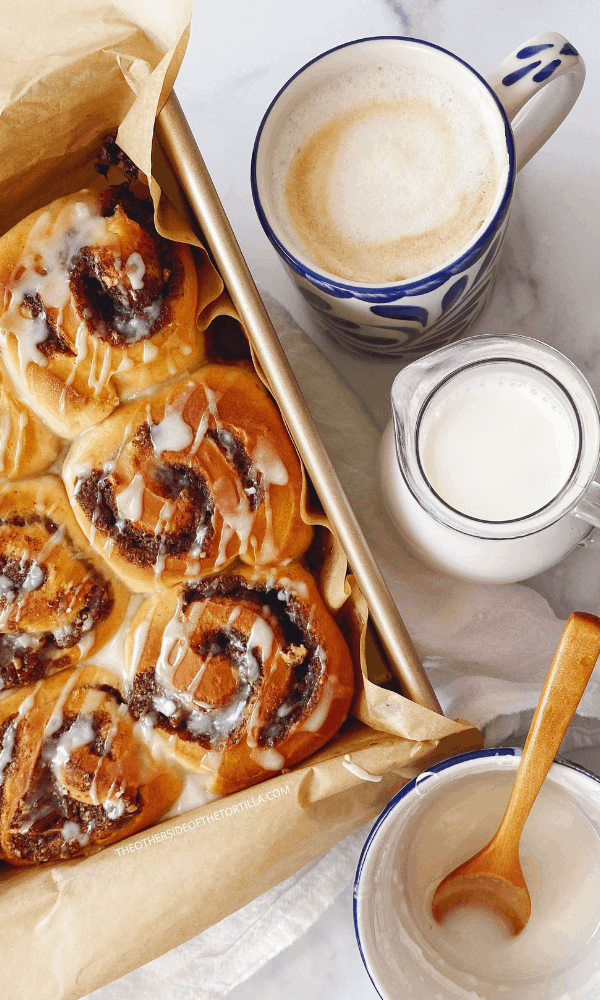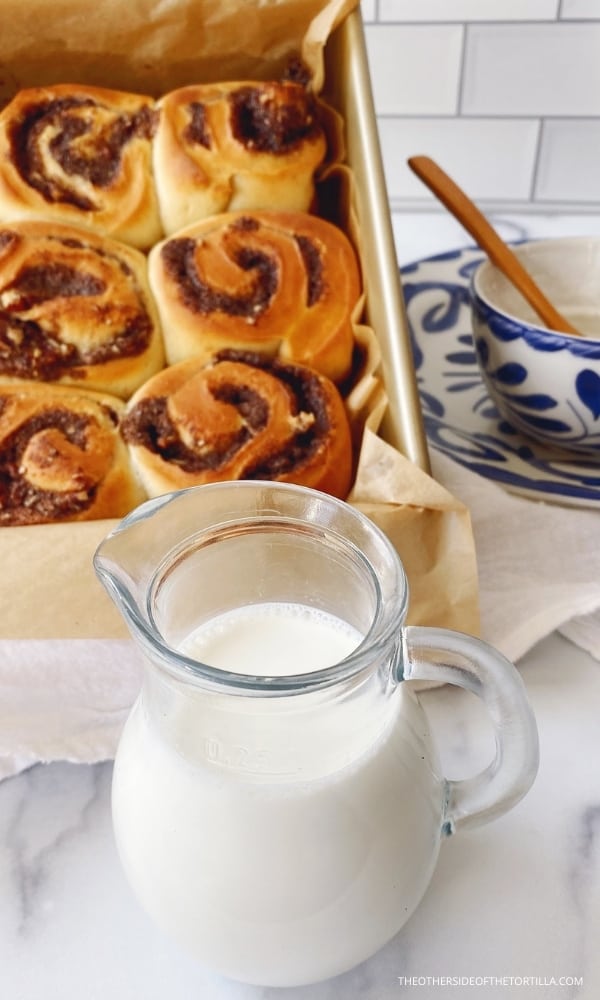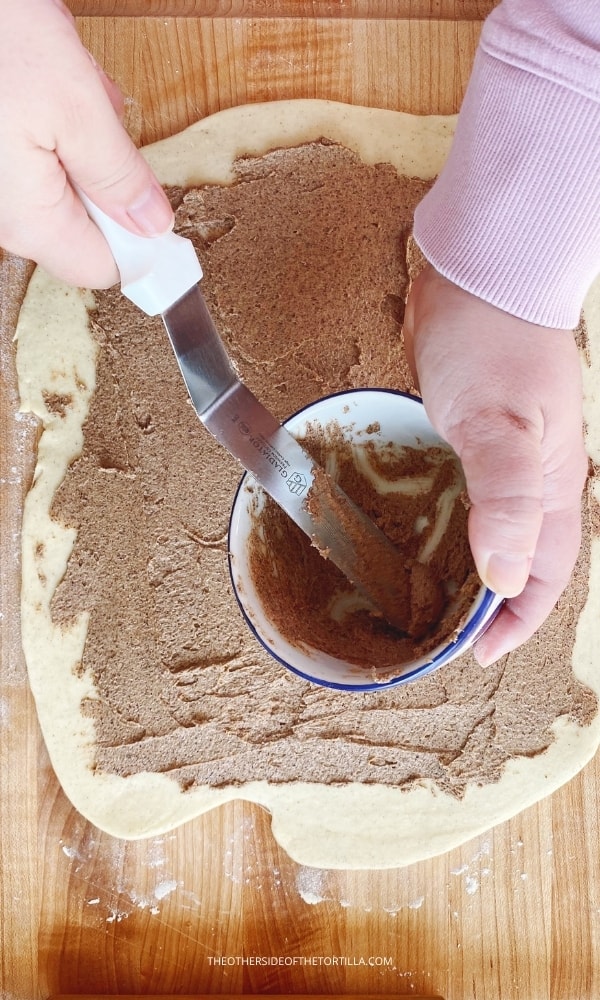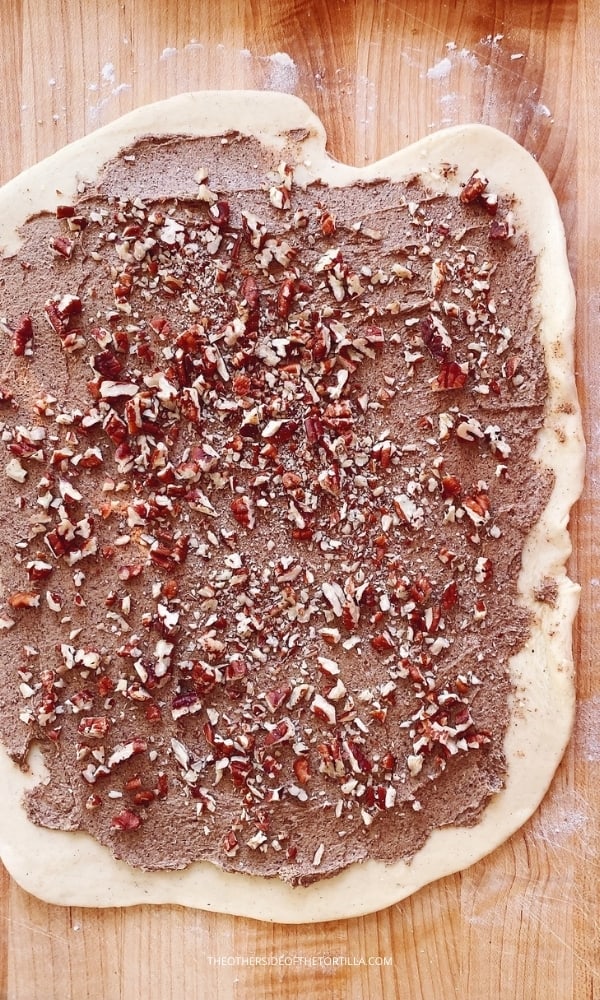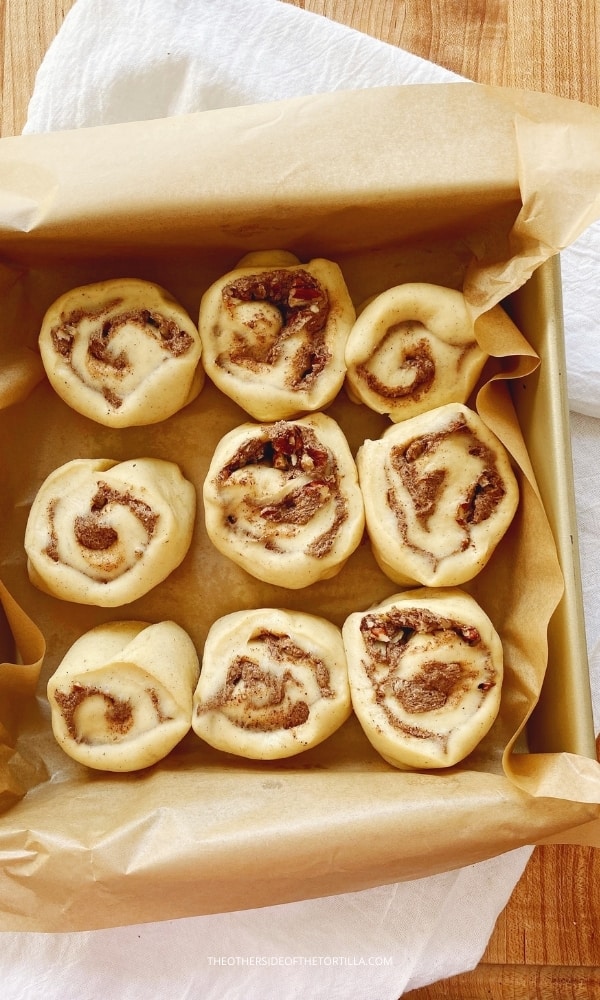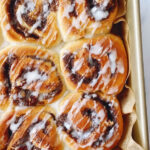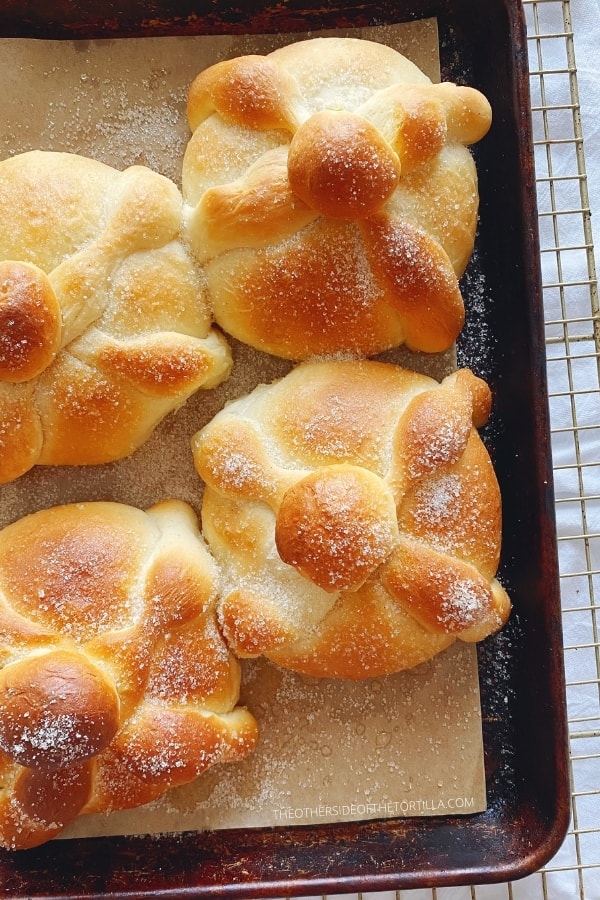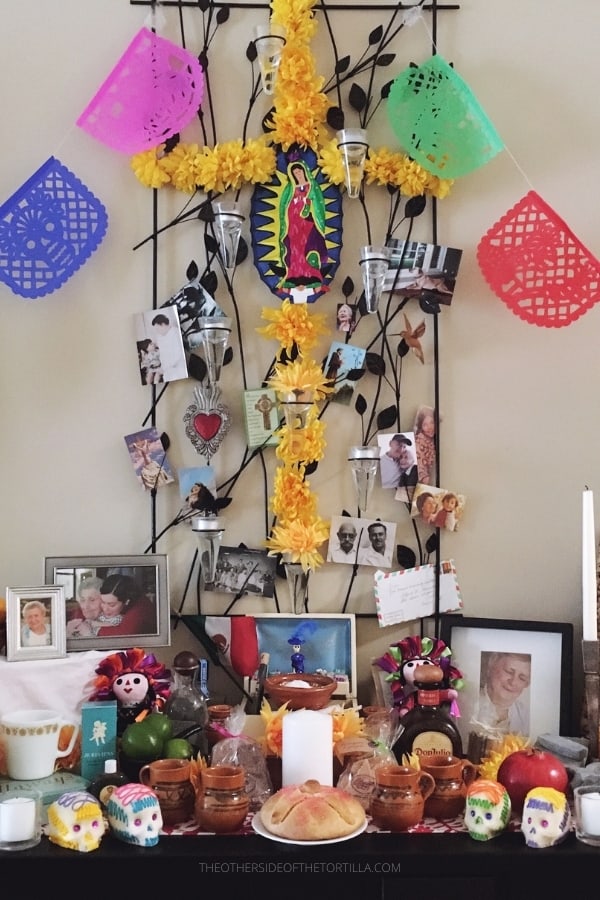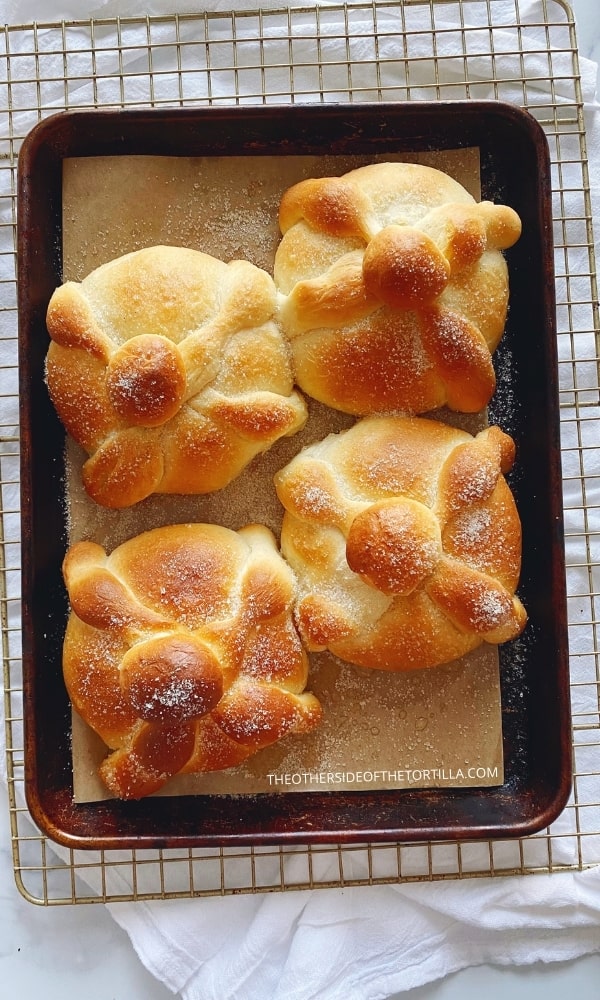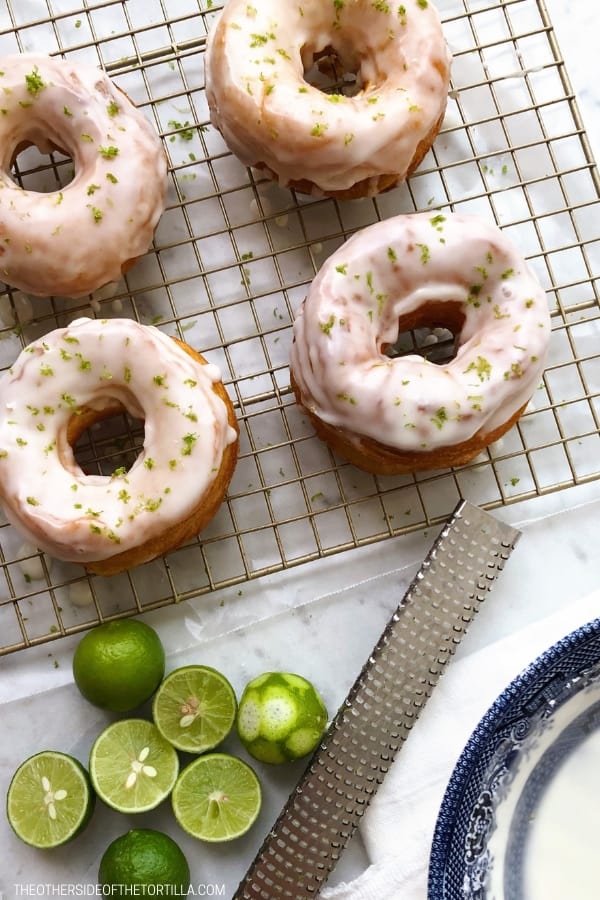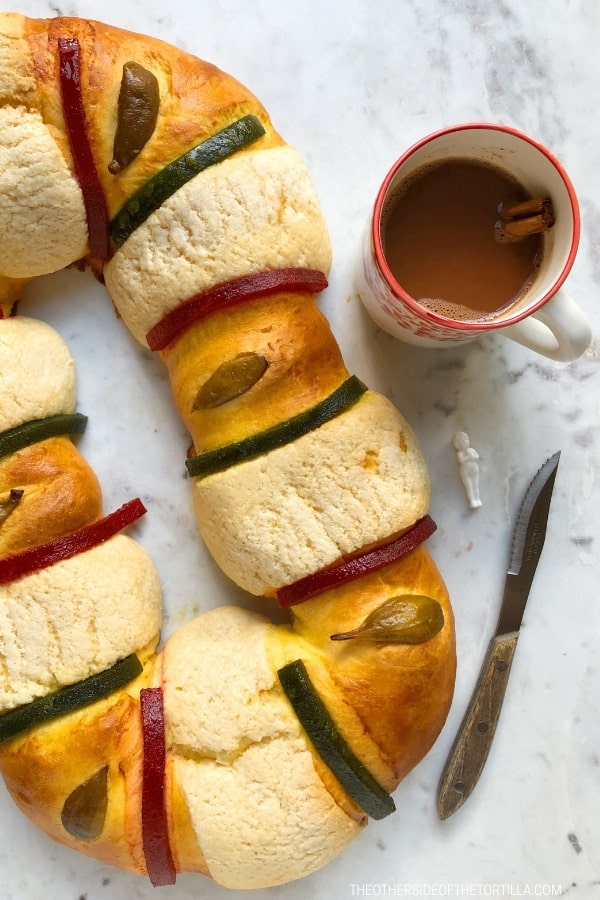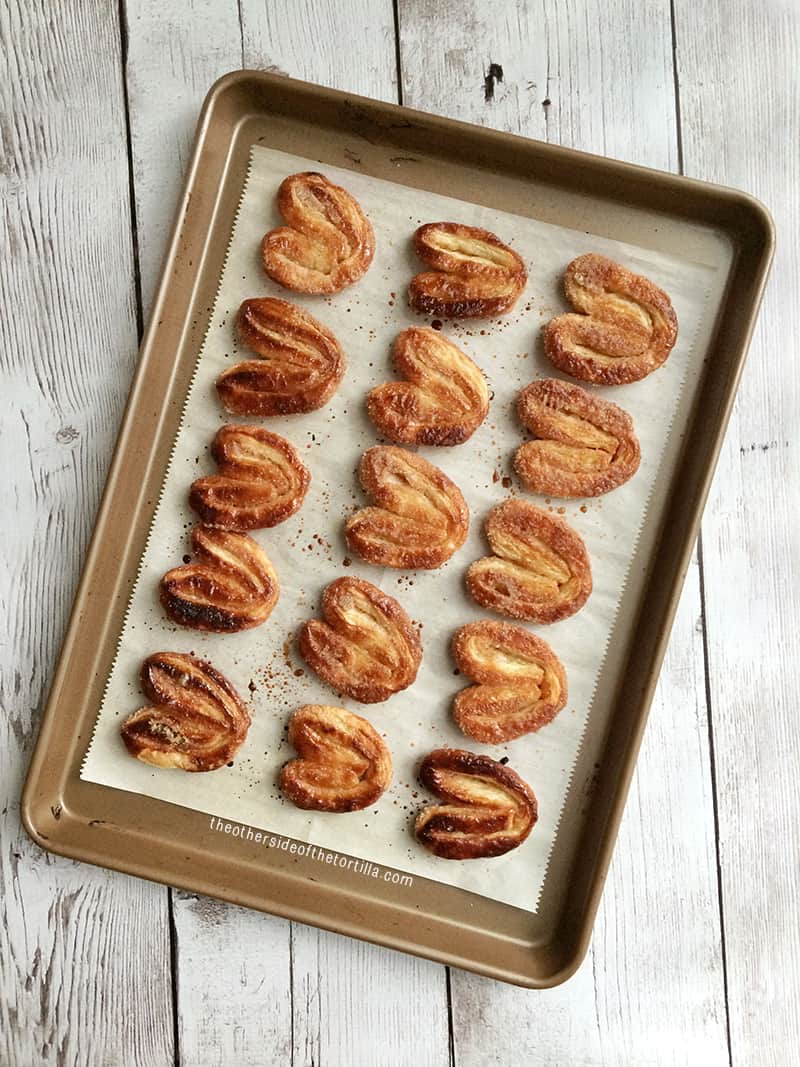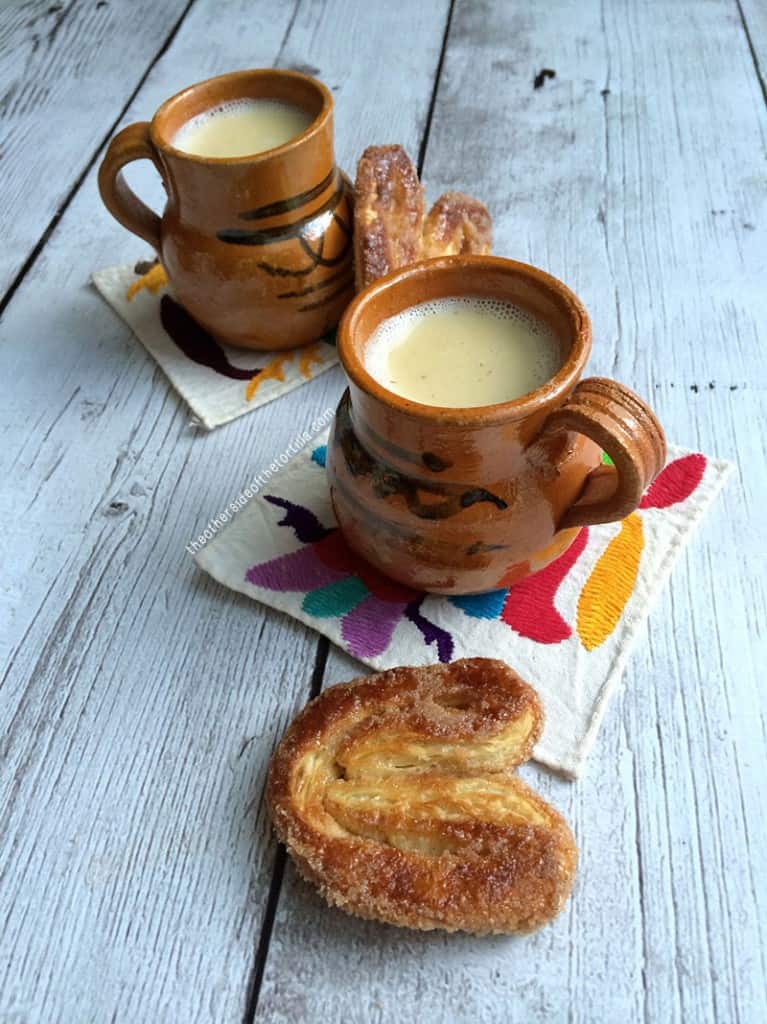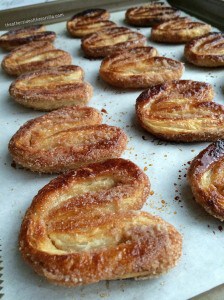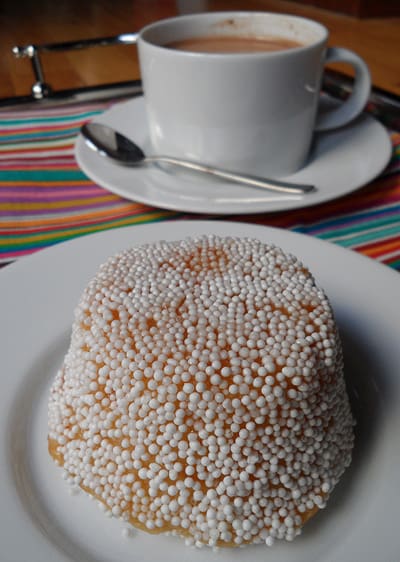Pan de anis is a type of Mexican pan dulce that comes in various shapes, but always has anise seed to give it its flavor.
My favorite version of these sweet, pillowy anise rolls known as pan de anis are a staple at the famous El Cardenal restaurant in Mexico City, which has been serving traditional Mexican dishes in the capital since 1969 and has an extraordinary bread and pastry service. If you’ve ever eaten breakfast at El Cardenal, then it’s possible you’ve passed over this pan dulce for a concha or other sweet bread you recognize. And while their conchas are amazing, you’ve been missing out if you’ve never ordered these anise rolls!
